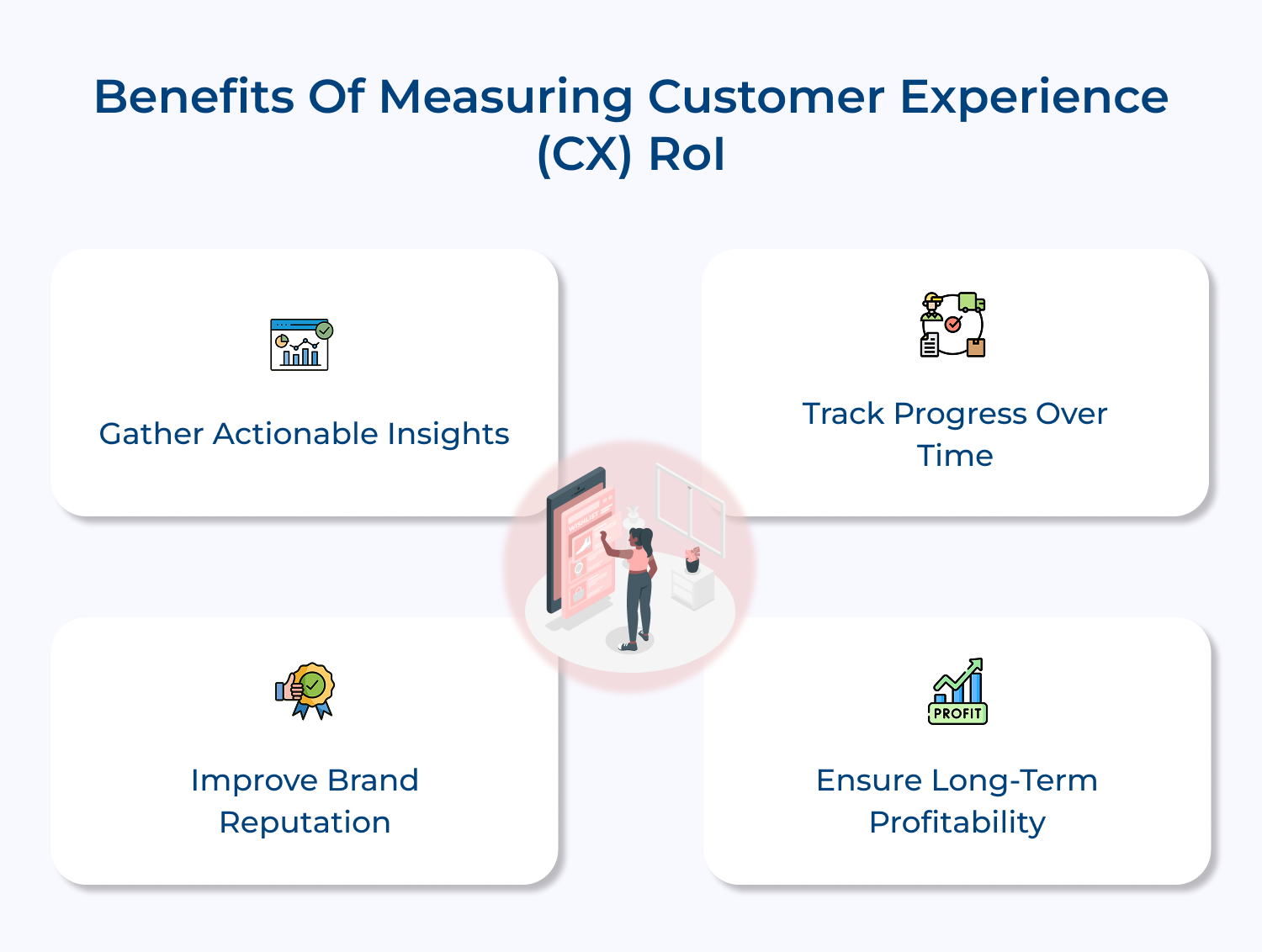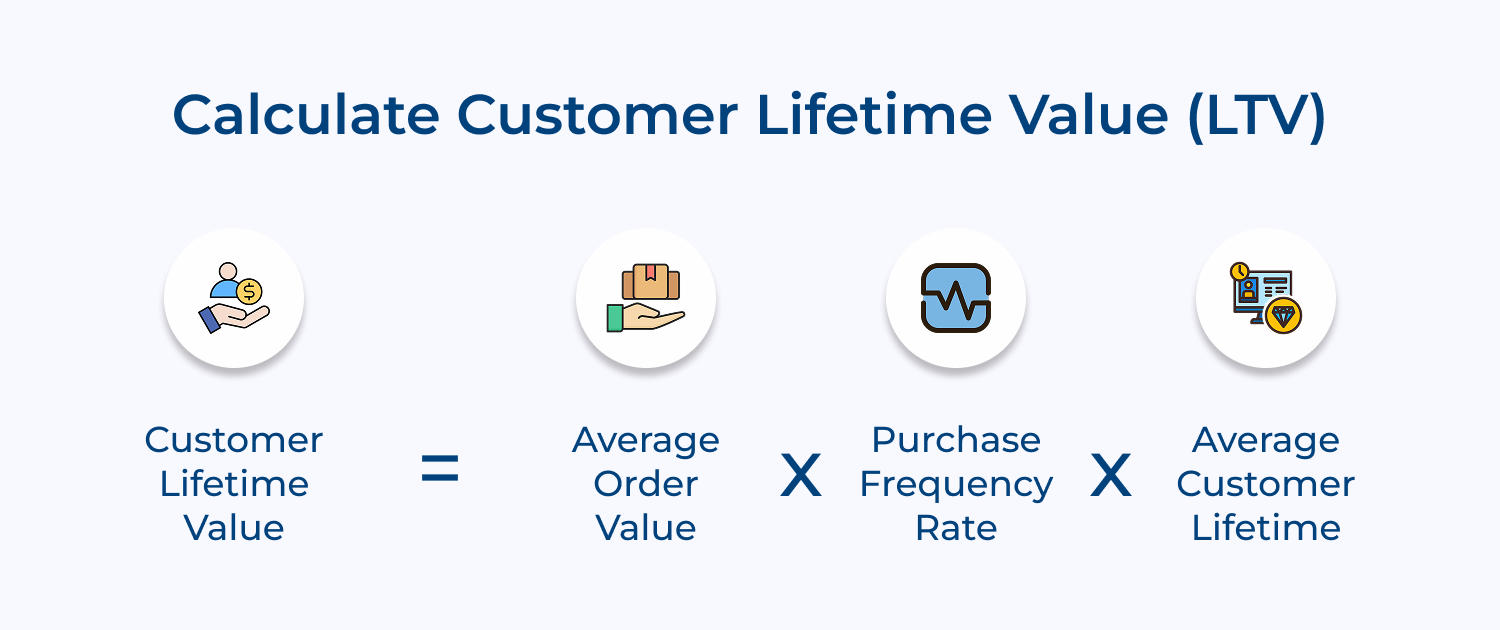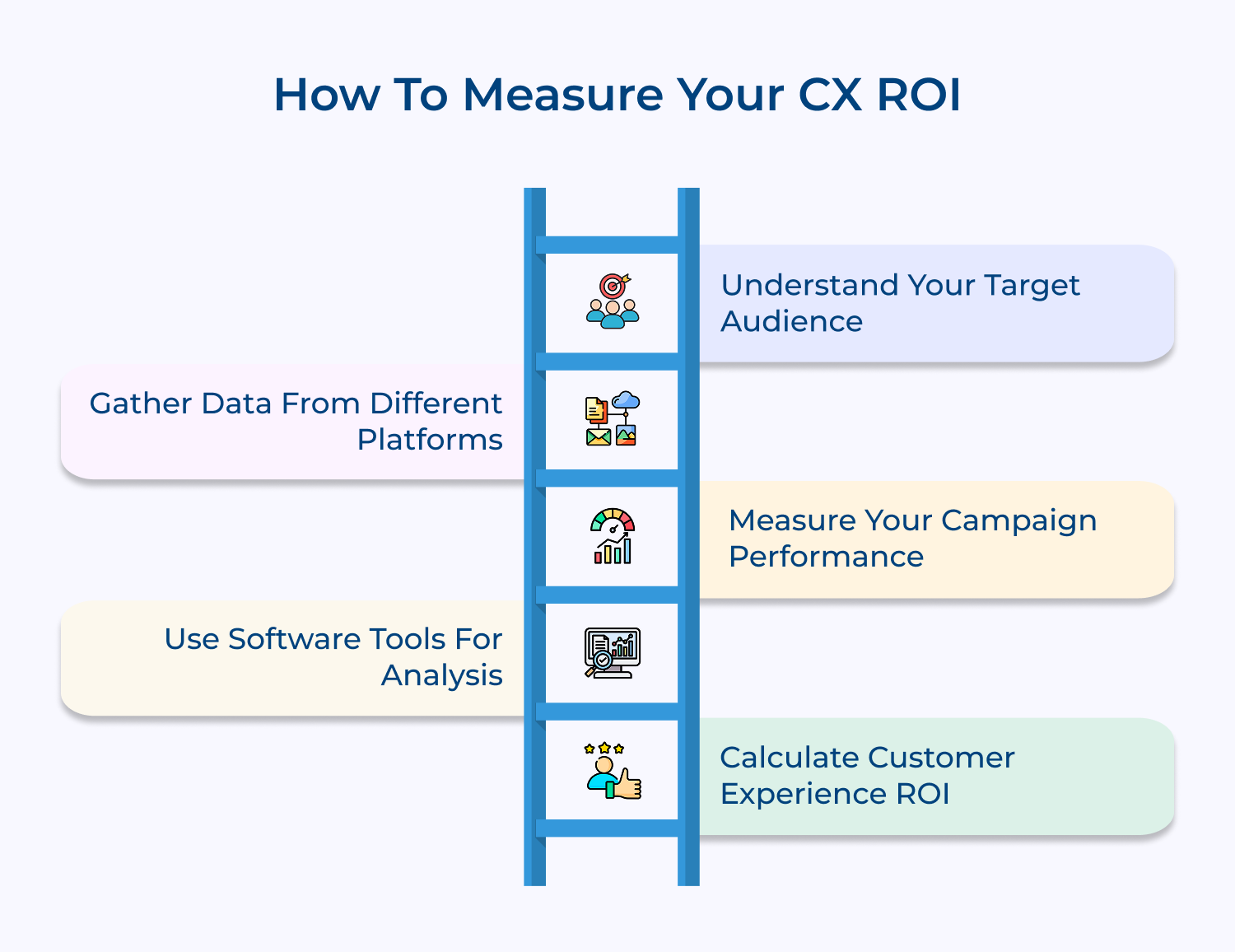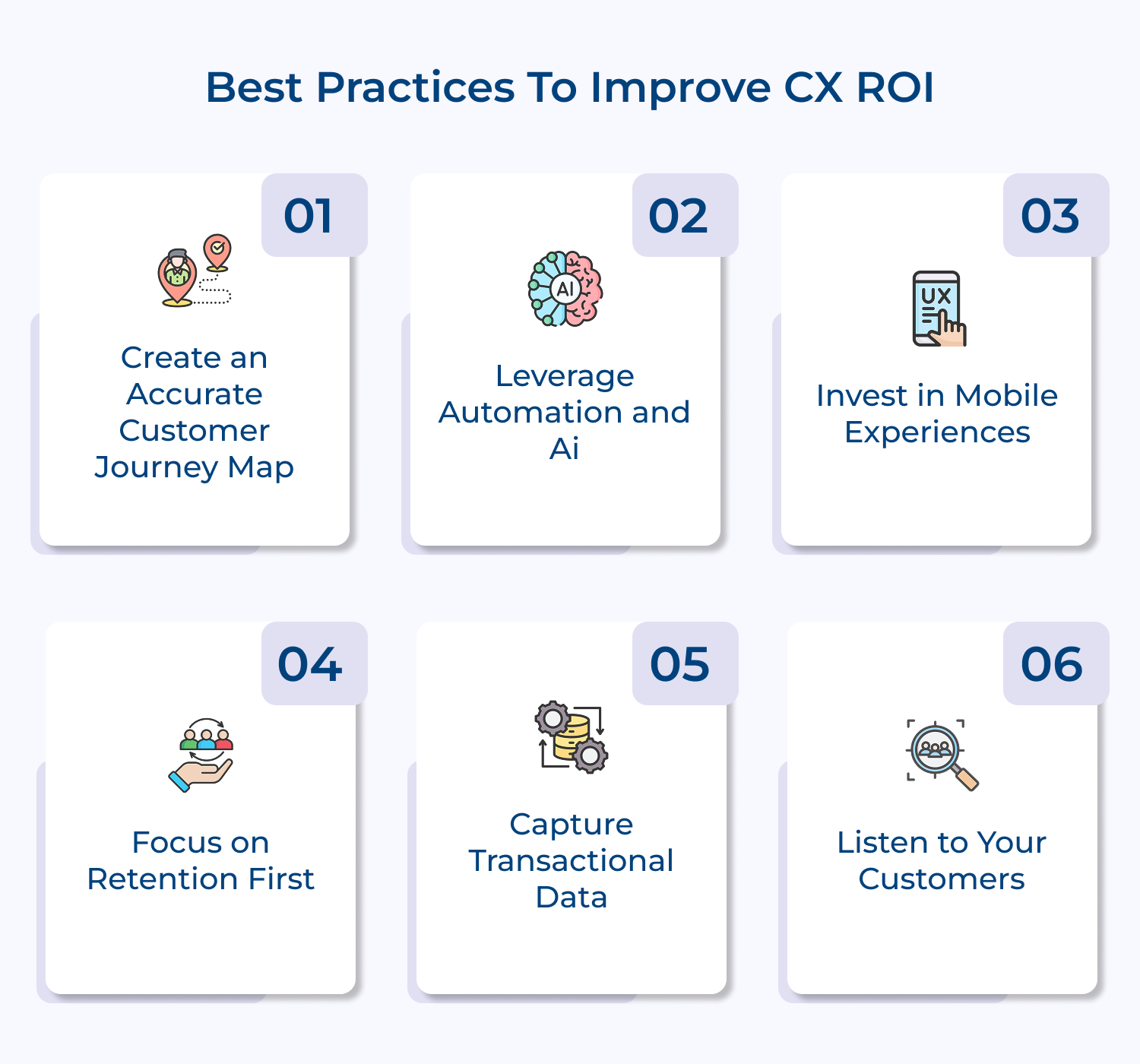Here is a step-by-step approach to calculate the ROI of your CX initiatives:
1. Understand Your Target Audience
Before calculating customer experience ROI, you will need to know how many target customers are interacting with your digital channels. This information will help you determine the size of your digital audience and create an effective marketing strategy for that specific demographic.
2. Gather Data From Different Platforms
Once you have an understanding of your target customer base, you can use data from different platforms — like website analytics, search engine optimization, and social media — to track user behavior and develop insights into their preferences. These analytics provide valuable information about customer engagement levels, which allows you to customize messages and content to improve their overall experience.
3. Measure Your Campaign Performance
It is important to measure the success of each campaign against its stated goals in order to accurately assess the ROI of each initiative. It means tracking key performance indicators such as engagement rate, click-through rate, cost per acquisition or average order value in order to quantify the results of your campaigns.
4. Use Software Tools For Analysis
Analyzing all the customer data collected from different sources can be challenging if done manually. Therefore, using software tools such as predictive analytics or machine learning algorithms can help streamline the analysis process. It can provide valuable insights into customer behavior that can be used for future marketing strategies.
5. Calculate Customer Experience ROI
To accurately calculate Customer Experience (CX) Return on Investment (ROI), you must take into account both direct costs (like advertising costs) and indirect costs (like payment processing fees). Then you can divide the total revenue generated by the total investments. It will give you a percentage figure representing CX ROI that can be used for future budgeting decisions or campaign comparison purposes.
Best Practices to Improve Customer Experience (CX) ROI
Investing in customer experience (CX) with measurable ROI is vital for long-term success. Yet, evolving customer expectations make aligning CX strategies with tangible returns a challenging task.









